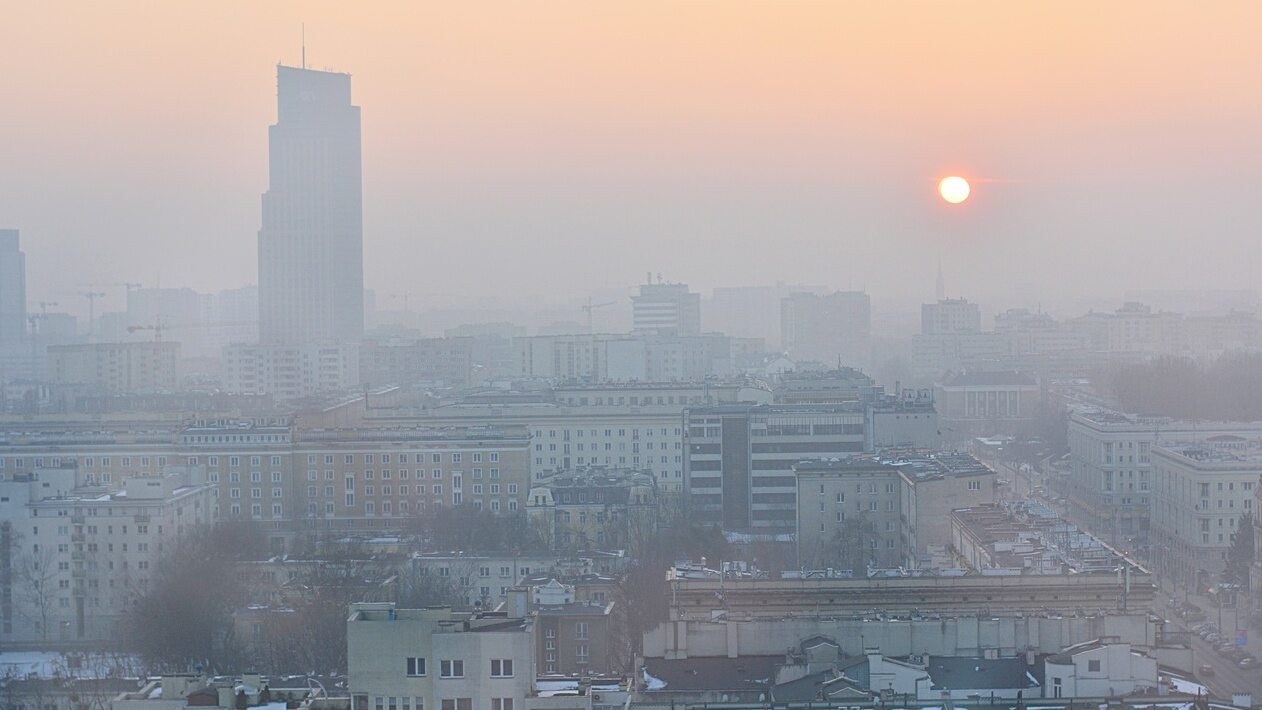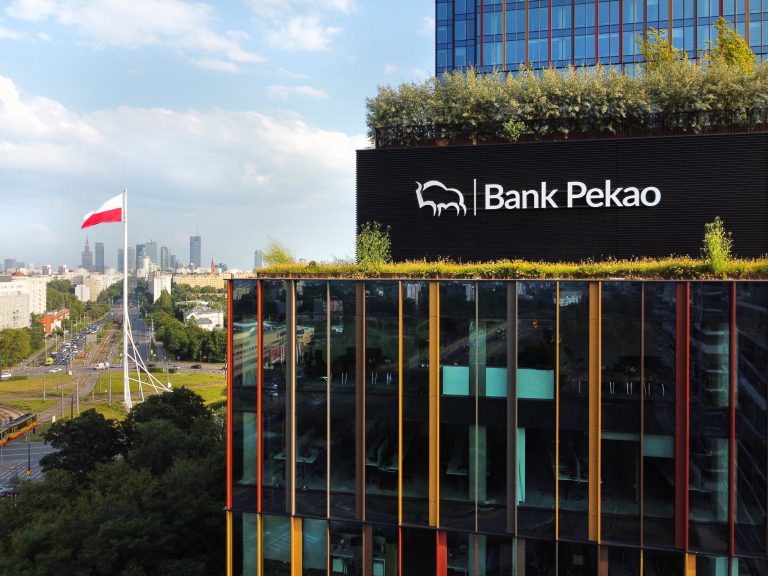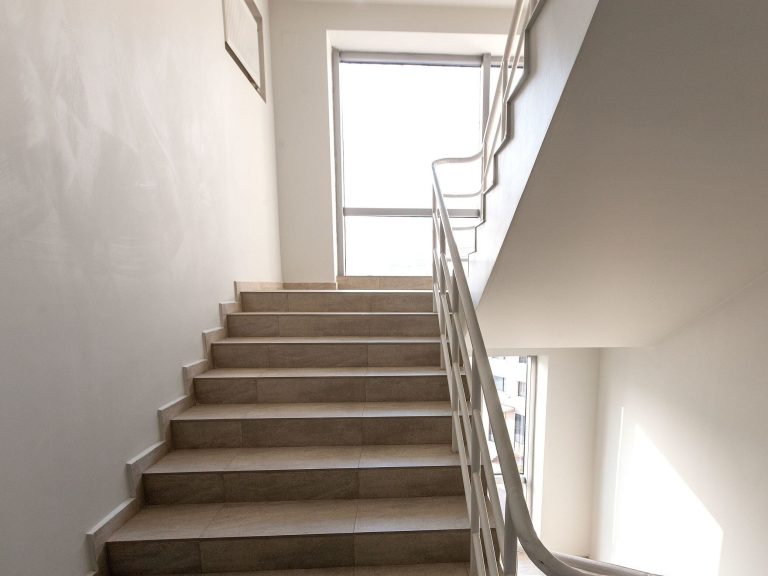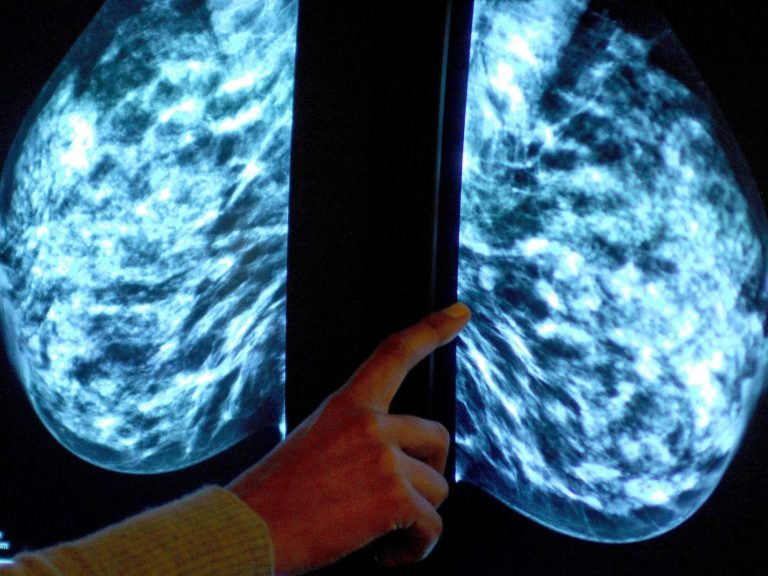Escape from the heat island. Wise planning can reduce smog and excessive heating of housing estates

A properly designed city that takes into account wind directions has a greater chance of avoiding smog. In turn, even small plantings contribute to reducing the effects of urban heat islands and, as a result, lowering the temperature. By designing cities wisely, we can slow down unfavorable phenomena that reduce the quality of life and even kill people. Polish scientists are also working on such solutions.
Urban planning is the science of planning cities and settlements and organizing them in technical, economic, social and cultural terms. Urban planners not only take care to maintain the appropriate proportion of housing estates to green areas when planning, or to plan the route of roads so that they can be conveniently used by drivers, cyclists and pedestrians, but also fight the challenges that climate change brings to modern cities. We are constantly learning something new about the impact of weather conditions on how a city functions. Does the need to take these circumstances into account make the work of urban planners more and more difficult? Certainly more responsible. A mistake can make life on the block a torture.
Fortunately, modern urban planners know how to plan the development of urban space to adapt to the requirements of nature. What’s worse is that this is not always understood by investors.
Developers can’t tame the wind
Developers dream of developing every available space. The factor that saves us from chaotic and excessively dense development is, among others, the need to ensure air flow through the structure. This issue is known as urban aerodynamics.
Knowing that many factors influence the strength and direction of the wind, the city can be designed to be as least exposed to its negative impact as possible. Buildings create resistance to the wind, which we see in the central parts of the city, where the wind strength is much lower than on its outskirts. Another factor influencing wind strength are urban heat islands, which we will talk more about later in the text. However, the decisive factor shaping wind currents in the city is the arrangement of buildings and street routes.
The presence of buildings greatly disturbs the air flow. Anyone can easily see this for themselves by standing between two skyscrapers: sudden gusts of wind occur there more often than in single-family buildings. People living in places exposed to strong winds may feel a constant draft. This does not mean that we want there to be no air flows in the city: that would be even more unbearable. The lack of flows results in a reduction in air quality: no clean air flows from undeveloped areas.
The key is to maintain a balance in the aeration of cities: eliminating local high-speed zones and ensuring development that allows air masses to move freely. By properly designing the road system and controlling the height of buildings, it is possible to control air masses and at the same time plan appropriate aeration of apartments and housing estates. Special corridors, i.e. air wedges, are used for aeration.
City aeration corridors were described in Warsaw over 100 years ago
Warsaw urban planners already knew 100 years ago that special corridors make life in the city easier. In the “Sketch of the Regulatory Plan for Warsaw” from 1916, we find the first mention of the need to leave the corridors undeveloped. – The air corridors were designed based on large forest complexes outside Warsaw. The rings of forests that surrounded the capital regenerated the air and this fresh air was blown into the city through wedges – explained Dr. Eng. on Polish Radio. arch. Tomasz Majda, President of the Society of Polish Urban Planners.
During the Polish People’s Republic, the systems developed by pre-war planners were respected. Corridors from the forests in Bemowo to Muranów, from Chopin Airport to Pole Mokotowskie, along the Vistula River and several others are protected. They were treated worse after the transformation, because land hunger meant that developers managed to obtain permission to build many corridors. Formally, there are 9 blocks in the capital, but the lines are interrupted by commercial facilities and housing estates. While 20 years ago investors had to do a lot of “exercise” to obtain a development permit, it has become easier over time. Each “nibbling” of the corridor creates a lock that makes it easier for other companies to convince officials that they are right.
There is no universal agreement that wedges serve their purpose. Officials are not deaf to such voices. Marlena Happach, Director of the Office of Architecture and Spatial Planning, assured in an interview with the Warsaw “Gazeta Wyborcza” in 2017 that due to the disastrous effects of climate change, it is time to redefine our current understanding of air wedges.
– It is not enough to say that we will leave undeveloped strips of land and everything will be fine. In order to promote air movement and at the same time mitigate the effects of heat and prevent flooding and flooding, it is necessary to preserve as much greenery in the city as possible. Large green areas connecting the center with forest complexes and open areas without buildings near the city are important, said Marlena Happach.
Kraków will investigate how wind can fight smog
To allow scientists to better understand how wind affects the agglomeration, how pollutants are transferred and how to use this knowledge to reduce smog, Krakow University of Technology initiated the construction of the Environmental Aerodynamics Laboratory. It will start operating at the beginning of the 2023/24 academic year. The analyzes prepared by scientists can be used, for example, by local government units (cities, communes, counties, voivodeships) to create spatial development plans and formulate other formal and spatial conditions for the development of urban areas.
– These are important topics for all of us – especially the inhabitants of Krakow and Małopolska. Each of us wants to breathe clean air, live in a healthy environment and provide it for our children and grandchildren. Therefore, when preparing research plans for the new laboratory, we present its capabilities to the authorities of cities and regions – Krakow and other cities in Małopolska, as well as Silesian centers, including Żywiec and Bielsko-Biała. All this in order to first take up the most urgent challenges of our cities and the region and support them in sustainable development – emphasizes the Rector of the University of Technology, Prof. Andrzej Szarata.
The study will constitute the basis for assessing the effectiveness of the proposed solutions at an early stage of the decision-making process in terms of programming, planning and design.
Heat islands, or why is it so hot in Śródmieście?
The problem that modern cities face are urban heat islands (MWC). These are areas where the temperature is higher than in neighboring undeveloped areas. This phenomenon is experienced by all cities and built-up areas, but its intensity depends on the degree of development of the area and its size.
Although urban heat islands were first described at the beginning of the 19th century by the British chemist Luke Howard, it has only been paid more attention in recent years – increasingly warmer summers make life in cities in July and August unbearable. .
There are many reasons for the large disproportions in temperature between city centers and the outskirts, but people are responsible for all of them. The accumulation of artificial surfaces, a small share of urban green areas, the use of concrete, asphalt and brick, which absorb more sunlight than they reflect, and then release energy, increasing the temperature in the surroundings.
Car traffic and air conditioning (which results in the emission of artificial heat into the atmosphere) operating outside buildings also contribute to heatwaves, which intensify, among others, respiratory and cardiovascular diseases, diabetes and kidney diseases. The heat also kills. Scientists from Spain’s Barcelona Institute for Global Health analyzed data from 2022 from 35 European countries. They took a closer look at so-called excess deaths. On this basis, they calculated that last year’s heat in Europe in June, July and August contributed to the death of at least 61,500. people.
Forests, squares and gardens help combat urban heat islands
Fortunately, thanks to wise – and consistent – planning, we are able to reduce the impact of the MWC effects. Prof. Krzysztof Błażejczyk from the Institute of Geography and Spatial Development of the Polish Academy of Sciences (IGiPZ) during the seminar entitled “Why is it warmer in the city than outside it? – or about the urban heat island in Warsaw” indicated several recommendations thanks to which cities can reduce the impact of urban heat islands.
-
The key is to cool the city by creating the so-called surface islands of cold, for which vegetation and water reservoirs are perfect. Therefore, it is important for at least a small square to appear in a built-up area, although deciduous and mixed forests have the greatest cooling capacity. Plants produce oxygen, purify the air and suppress noise, they are important from the point of view of biodiversity, hence planting trees is one of the best tools to respond to climate change.
-
However, the possibilities do not end there. As we have already said, among other advantages, green is an excellent insulator. “Green roofs” are a contribution that developers can make for the common good. The idea of vegetation on roofs is not alien to them; unfortunately, in many cases it only serves to prove that they have retained biologically active surfaces in their investments. However, well-designed vegetation (and its entire surroundings, including the appropriate soil depth) serves more purposes, so it is not worth treating it lightly.
-
Parking lots can also constitute a biologically active area. When they are empty, they heat up the city. Instead of concreting a huge square, the investor can use permeable surfaces, which will help reduce the inflow of rainwater and the urban heat island effect.
-
·Bright surfaces reflect up to 50%. more light than black and matte, which in turn absorb a lot of solar heat. The use of light-colored roofs and concrete mitigates the urban heat island phenomenon and also reduces the need for air conditioning inside the building.
As you can see, to combat excessive heating of urban areas, we need to change the way we plan cities. More greenery, fewer concrete squares, bright colors – all this will help reduce the temperature in cities.






